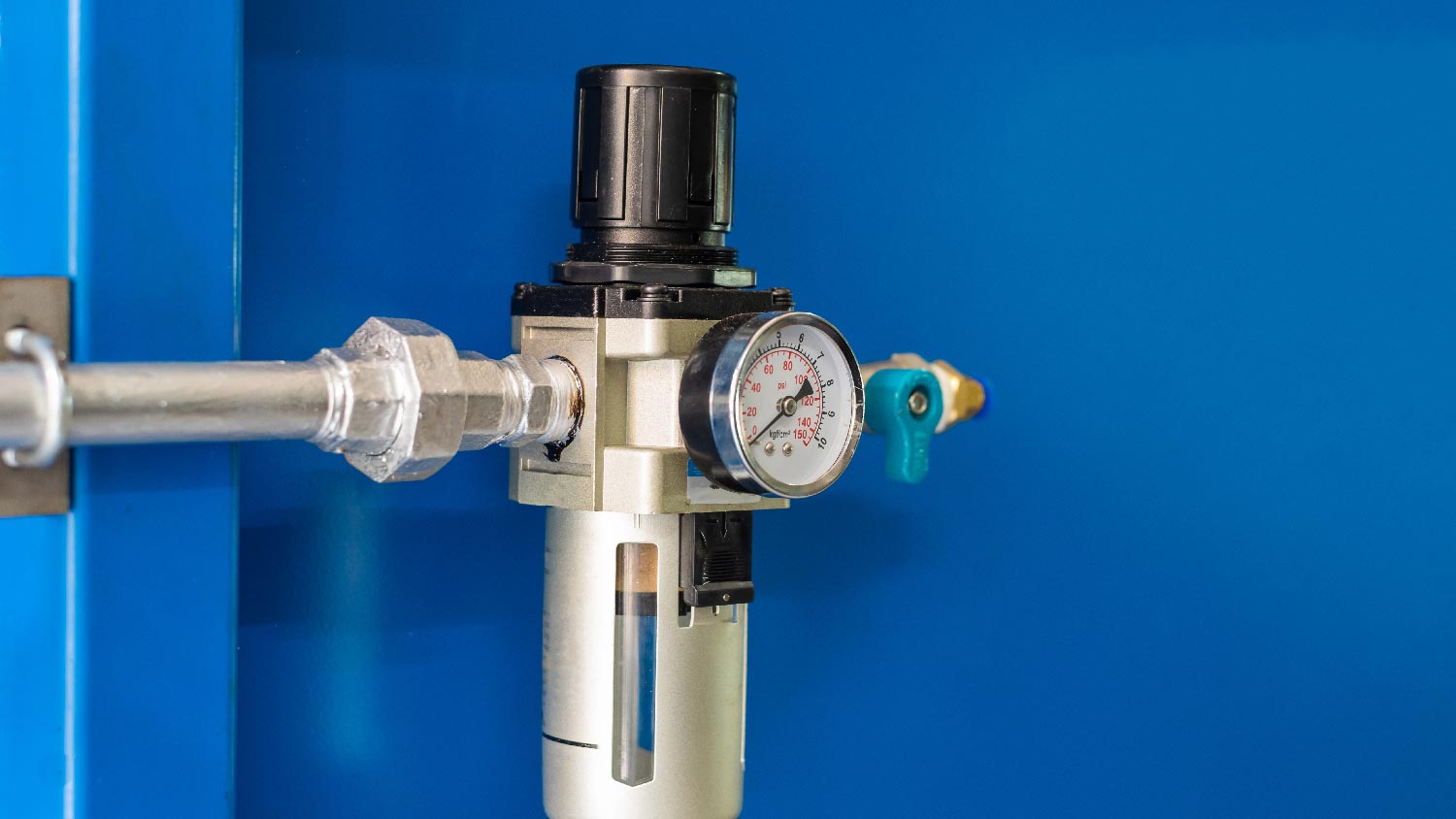
Learn how much plumbers cost in Columbus, Ohio. Discover pricing for faucet repairs, pipe work, and emergency services, plus how you can save money.
If your toilet won’t stop running, it’s likely time to replace the fill valve


Your toilet’s fill valve is responsible for the flow of fresh water into your toilet tank. It opens and closes with every flush, inevitably wearing out over time, so most homeowners will have to replace a toilet fill valve here and there. Luckily, it’s a pretty simple fix and you can do it with basic tools and an inexpensive replacement part. Here’s a quick step-by-step for replacing a toilet fill valve.
If you’re hearing running water in your toilet, you should first ensure that the fill valve is the culprit. Replacing the fill valve isn’t the only method for fixing a running toilet: If you’re hearing constant running water, you may need to look up how to replace a toilet flush valve instead. Or, if you’re hearing a ghost flushing noise, you may need to clean or find out how to replace the toilet flapper.
To determine whether the fill valve or the flush valve is at fault, place a few drops of food coloring into your toilet tank and wait about an hour. If the dyed water doesn’t move into the bowl, it’s most likely the fill valve that’s causing the running water sound.
Always shut off the water supply before performing work on your toilet. There should be a water valve just below the toilet tank, between where the pipe comes out of the wall and where it connects to the toilet tank. Typically, you’ll turn the valve clockwise until it stops moving to shut it off.
After you’ve shut the water off, remove the tank lid and hold the flusher down to drain as much water as possible. Then, use a turkey baster to suck up the remaining water. You can also use a sponge or some towels to do this. Or, if you have a wet-dry vacuum, it will make quick work of the task.

Your toilet’s fill valve is typically off to one side and has a tube attached that connects to the overflow pipe. In older toilets, the float connects to the top of the fill valve. For newer models, it is the plastic column that includes the float.
Locate the nut that attaches the fill valve to the water supply line on the outside bottom of the tank. Loosen it by using a wrench or channel lock pliers and turning it counterclockwise. To prevent rotating, you may need to use a second set of pliers to grab the bottom of the fill valve from inside the tank.
Your new fill valve should include a rubber washer to prevent leaks from the base of the fill valve. Slide this onto the bottom flange of the fill valve’s tailpiece (the skinny end).
If necessary, adjust the height of your new fill valve so that it’s taller than the overflow tube but still short enough to allow the tank lid to close. See your manufacturer’s instructions for doing this, as different models have different methods.
Insert the new fill valve into place with the rubber washer at the bottom. Then, using your fingers, carefully tighten the fill valve nut connecting the supply line at the outside bottom of the tank. Do not use pliers and be careful not to overtighten, as this can crack the toilet tank or the valve.

Once everything is in place, turn your water supply back on and allow the tank to refill. Then, give it a test flush to ensure everything’s in working order.
If you’re not up for the DIY, or if you’re not sure the fill valve is at fault, you can always turn to an expert for help. Toilet repairs cost $240 on average, but fixing a fill valve can cost as little as $50. A local plumber will be happy to go over costs with you and can quickly get to the bottom of your toilet’s constant running.
Toilet fill valves come in several different varieties depending on the age and model of your toilet. If your toilet has an older type of fill valve, you may want to use this opportunity to replace it with a more modern and efficient valve.
In most cases, the best course of action is to replace the fill valve entirely. However, some models may be repairable, so review your manufacturer’s guidelines to be sure.
From average costs to expert advice, get all the answers you need to get your job done.

Learn how much plumbers cost in Columbus, Ohio. Discover pricing for faucet repairs, pipe work, and emergency services, plus how you can save money.

Learn about main water line repair costs in Columbus and what affects pricing to be prepared before you start getting estimates.

Discover the leading factors affecting your main water line replacement cost in Columbus, including length, material selection, and installation details.

Find out the average water pressure regulator replacement cost, key price factors, and tips to save on your project. Get transparent, expert-backed cost info.

An undermount sink can create a sleek, seamless aesthetic for your kitchen sink. Use this guide to learn how you can replace and install your undermount sink.

Cutting pipes can be easy, but this job requires some safety measures. Learn how to cut metal pipes quickly and safely for any plumbing project.